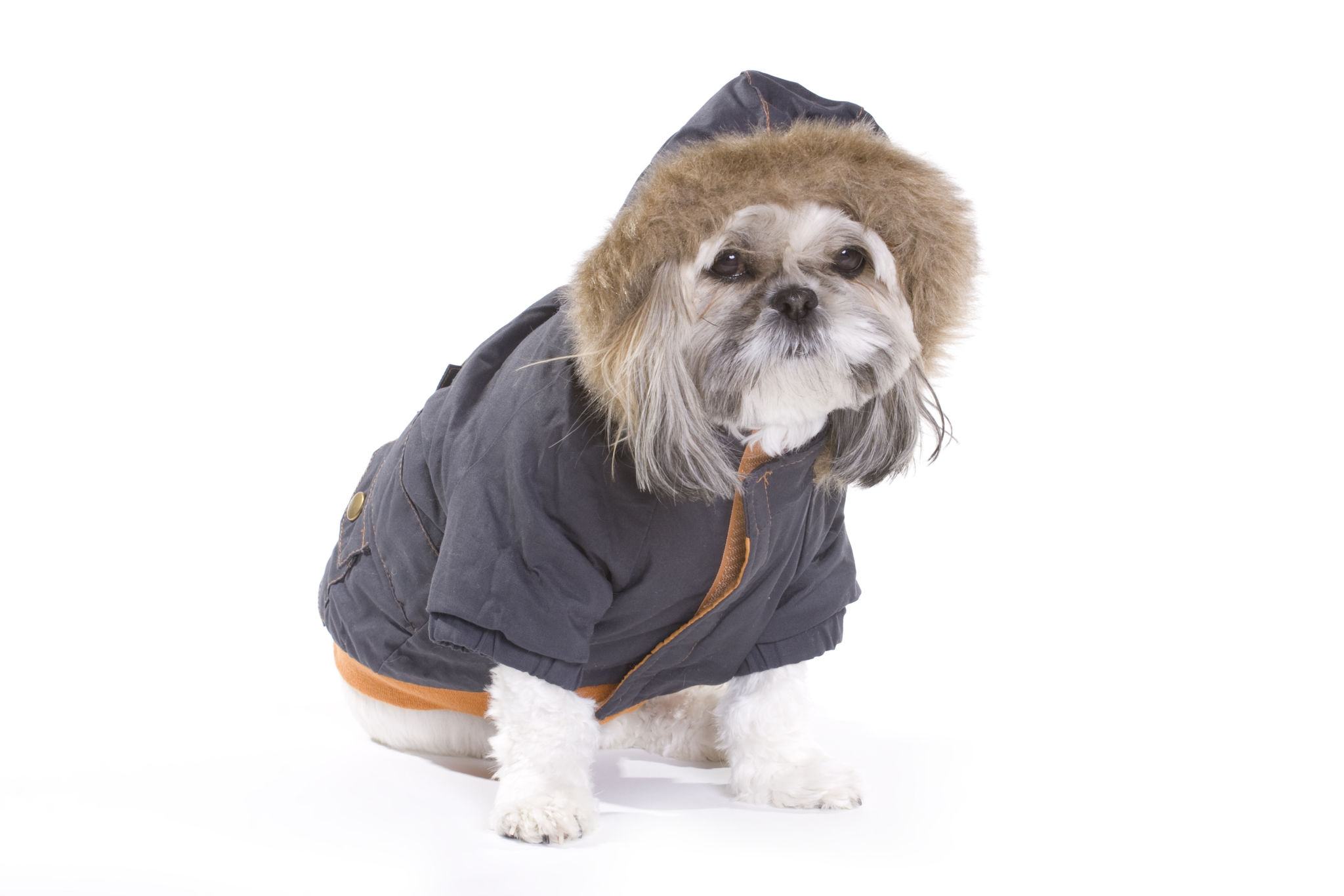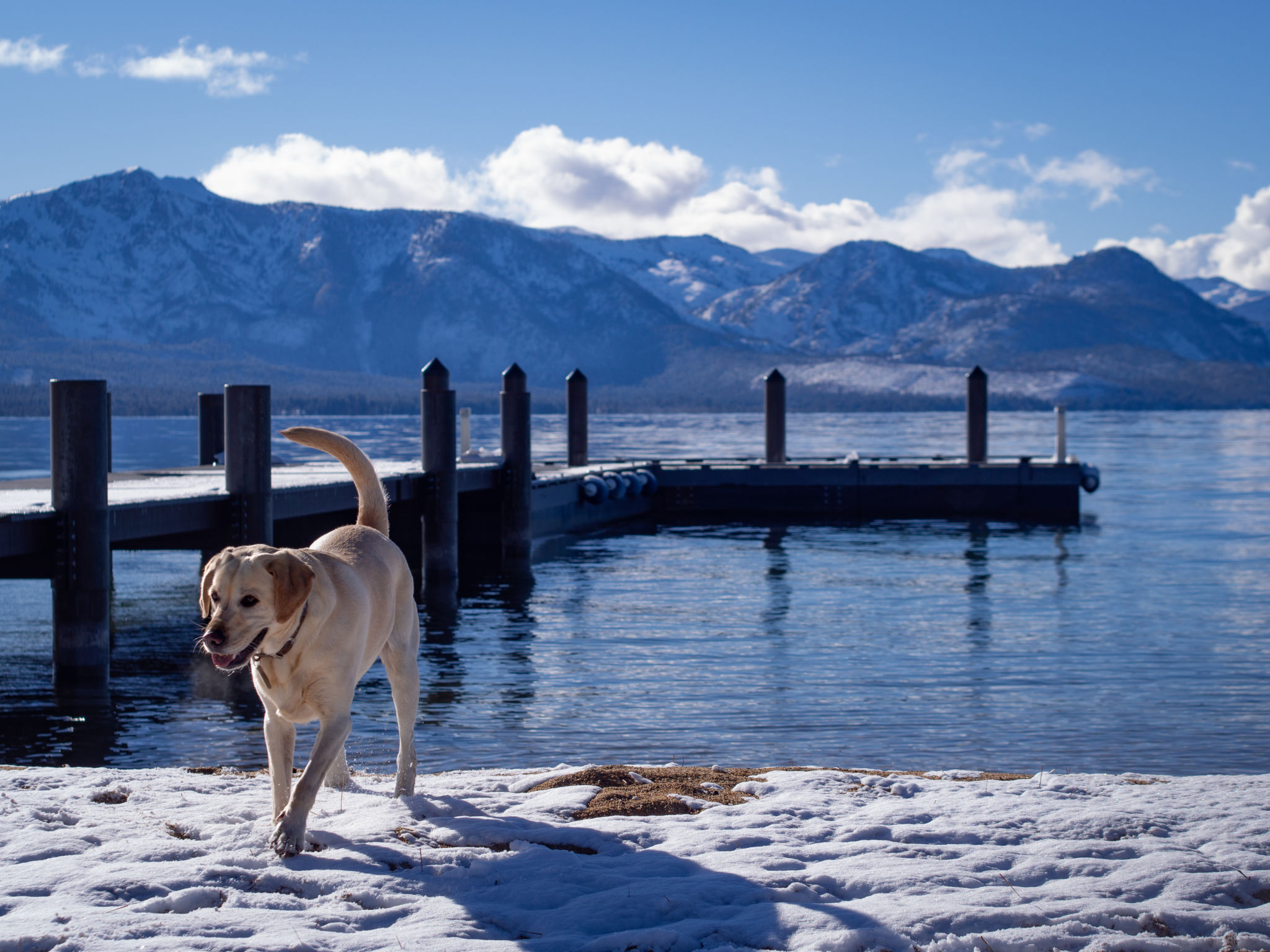Seasonal Training Tips: Preparing Your Dog for Winter Adventures
Understanding Your Dog's Winter Needs
As the winter months approach, it's important to consider how the cold weather will affect your furry friend. Just like humans, dogs require special care and attention during the colder months to ensure they remain healthy and happy. Understanding your dog's specific needs is the first step in preparing for winter adventures together.
Different breeds have varying tolerances to cold weather. Some dogs, like Huskies and Malamutes, are naturally equipped for the winter with thick coats, while others may require additional protection. Knowing your dog's breed-specific needs will help you make informed decisions about winter gear and activities.

Gearing Up for Cold Weather
Choosing the Right Winter Gear
Investing in quality winter gear for your dog can make all the difference during your outdoor adventures. Consider purchasing a well-fitting coat or jacket to keep your dog warm. Look for materials that are both insulated and water-resistant to protect against wet and chilly conditions. Additionally, booties can be a great addition to protect your dog's paws from ice, salt, and rough terrain.
Acclimating to New Gear
Introducing new gear to your dog should be a gradual process. Allow your dog to sniff and explore the new items before attempting to put them on. Start with short sessions of wearing the gear indoors, gradually increasing the time as your dog becomes more comfortable. This will help ensure your dog is relaxed and ready when it's time for outdoor fun.

Training for Winter Conditions
Basic Commands in Snowy Environments
Training your dog in snowy and icy conditions can be a unique challenge. Reinforce basic commands like sit, stay, and come in these environments to ensure your dog remains obedient even when distracted by snowflakes. Reward-based training can be particularly effective, as it keeps your dog motivated despite the chilly weather.
Consider practicing commands in various winter settings, such as snowy parks or icy sidewalks. This exposure will help your dog become accustomed to different winter terrains, boosting their confidence during your adventures.

Safety Tips for Winter Adventures
Monitoring Your Dog's Health
Pay close attention to your dog's health and behavior during winter outings. Watch for signs of discomfort or cold stress, such as shivering, whining, or reluctance to move. If you notice any of these signs, it's important to return indoors and warm up your pet immediately.
Keeping Hydrated
While it might seem less necessary in cold weather, keeping your dog hydrated is crucial during winter activities. Dogs can become dehydrated more quickly than expected, especially if they are playing in the snow. Always carry a travel bowl and fresh water when heading out for an adventure.

Building a Winter Routine
Establishing a consistent winter routine can help both you and your dog adjust to the season's challenges. Schedule regular walks and playtime during daylight hours when temperatures are milder. Shorter, more frequent outings may be more comfortable than one long walk.
Incorporating indoor activities can also keep your dog stimulated when outdoor conditions are too harsh. Puzzle toys, indoor fetch games, and training sessions can provide mental and physical exercise without exposure to extreme weather.

Conclusion
Preparing your dog for winter adventures is about understanding their specific needs, ensuring they have proper gear, and maintaining their training under cold conditions. With thoughtful preparation, you can enjoy safe and exciting outdoor activities with your canine companion throughout the winter months. By prioritizing safety, comfort, and fun, you and your dog can create lasting memories in the snow-filled landscapes.